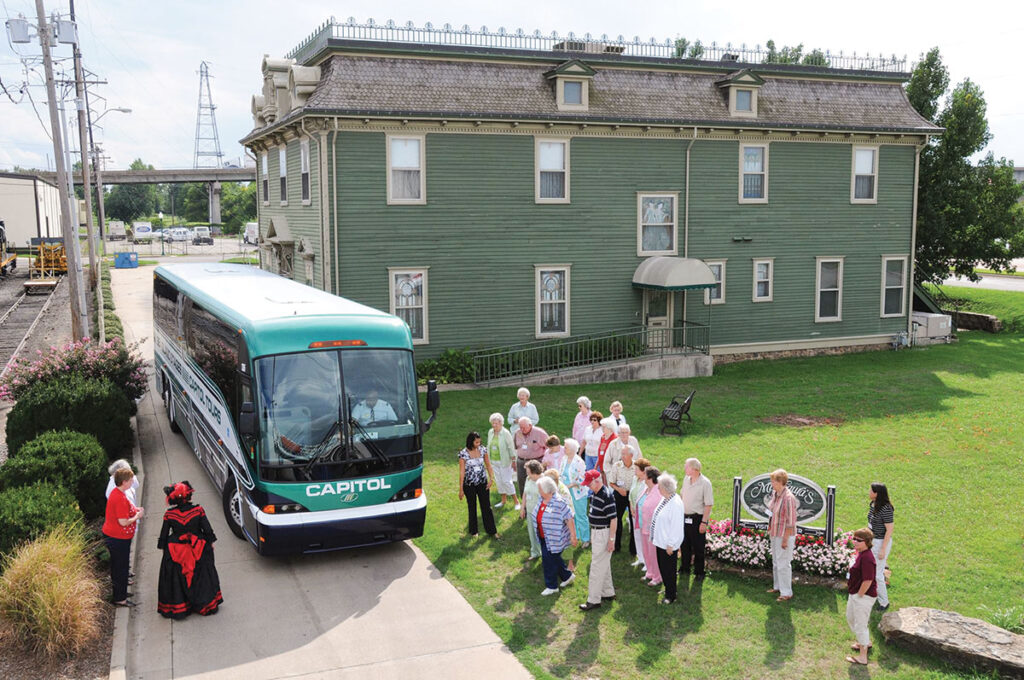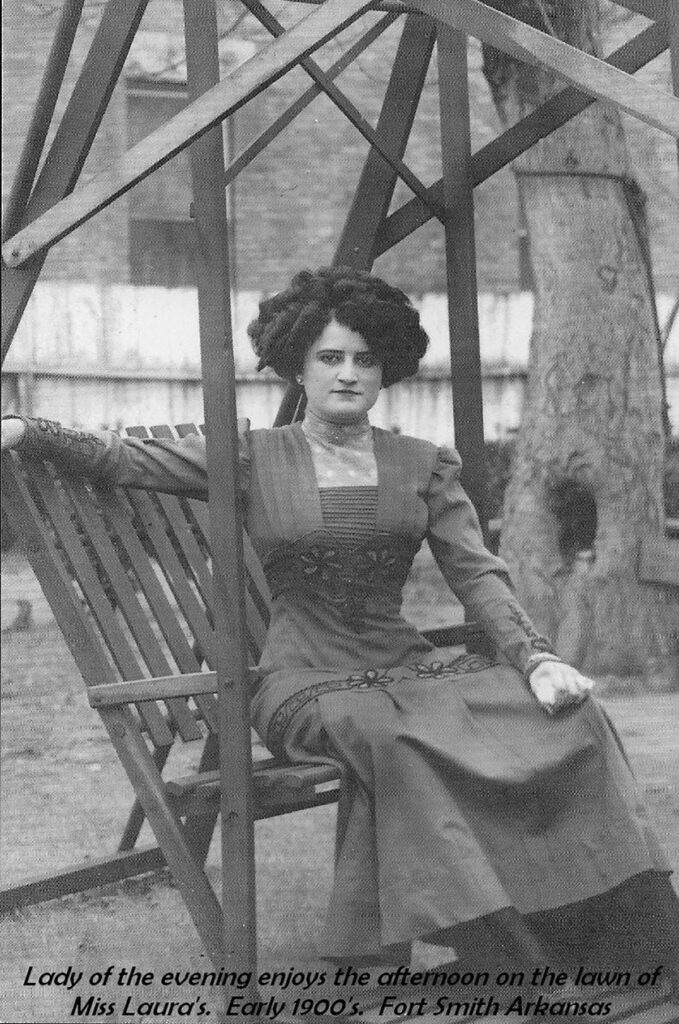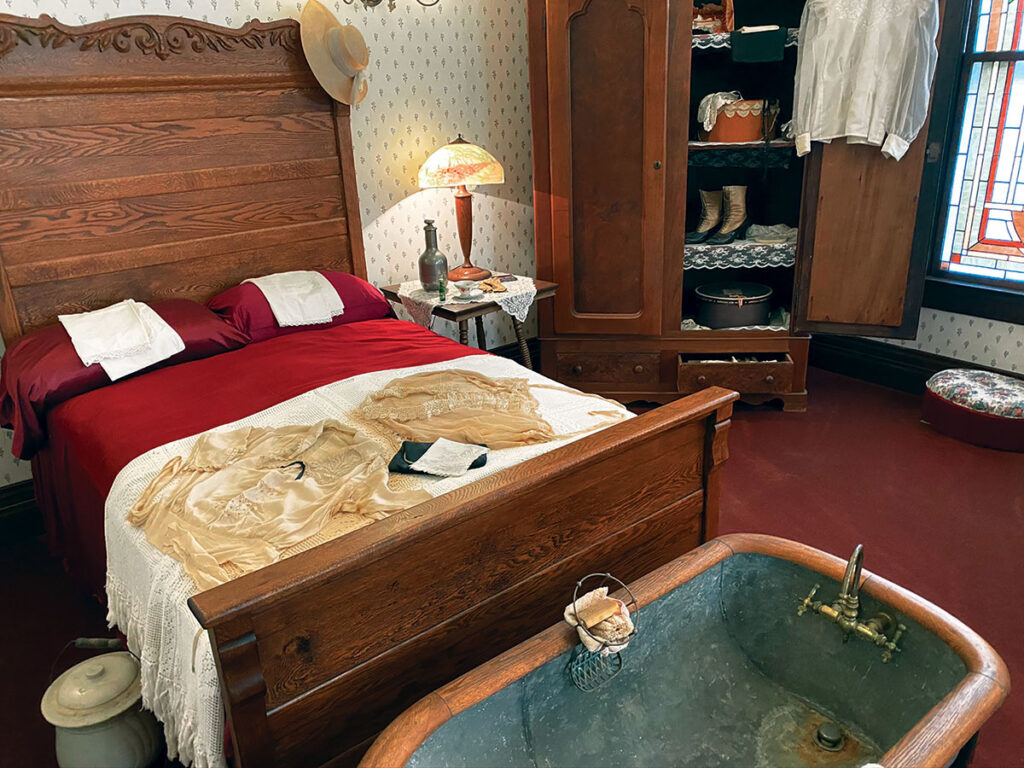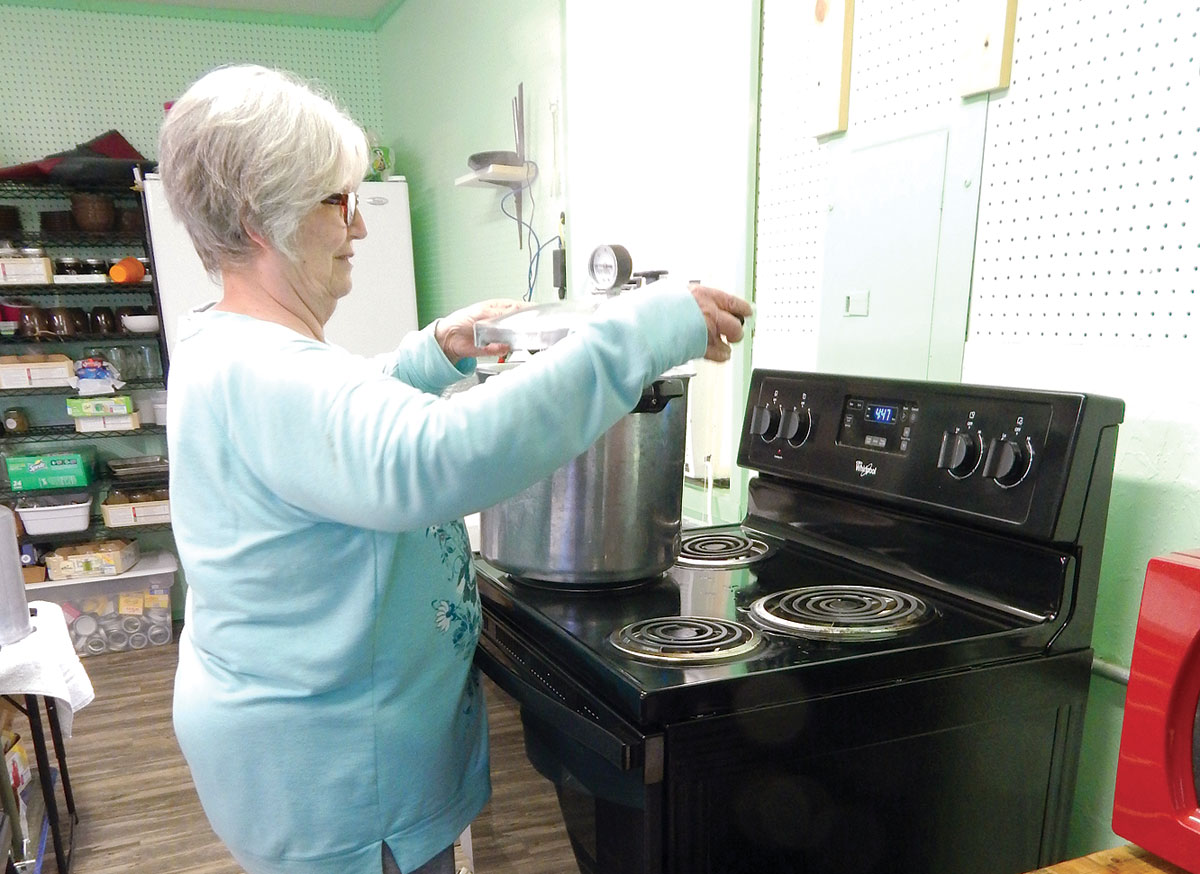
The visitors center in Fort Smith, Ark., has a storied past
FORT SMITH, ARK. – A house with a somewhat scandalous reputation in Fort Smith, Ark., is an important part of the history of the community and is reminiscing of at time that once was. It’s also a part of the growing tourism community of the town that was once considered part of the Wild West.
The former Miss Laura’s Social Club on First Street was one of several row houses in the old “red light district” of downtown Fort Smith, and is said to be one of the most celebrated bordellos in the Southwest. Miss Laura’s ladies were known to be the most sophisticated in Fort Smith. Today, Miss Laura’s Social Club is known as Miss Laura’s Visitors Center, serving as a tourist center for Fort Smith, and is the only remaining rowhouse in the downtown area.
Prior to becoming a “social club,” Miss Laura’s was the Riverfront Commercial Hotel. Laura Ziegler purchased the hotel, which was built in 1896, for $3,000. After renovations, Miss Laura opened the brothel along the Arkansas River in 1903.

“Ten years later, she sold it to one of her girls for $48,000,” Fort Smith Convention and Visitors Bureau Marketing Director Russ Jester said. “Miss Laura’s as a high-society bordello. She was a master marketer and referred to her girls as ‘Miss Laura’s Daughters of Joy.’ It was $3 to spend an evening with one of her ‘Daughters of Joy.’ It was $1 at the other bordellos. She also created her own form of currency, like a token. If they had someone come in who was important, they would give them a token and encourage them to come back. She also had her little black book, and if you were in government or of influence, she had the dirt on you.”
As the red-light district faded away and business dropped, Miss Laura sold her business in 1910 to Bertha Gale Dean – known as “Big Bertha.” Russ said little is known of Miss Laura after that, and the property soon became rundown, and the house became known as a spot for drinkers and drifters. Bertha continued to operate a brothel until her death in 1948, leaving the property to a man who lived in the house.
By 1963, the building was abandoned, and the city planned to demolish it. However, a buyer stepped up and purchased the property.
Donrey Media Group founder Donald Reynolds purchased the rowhouse, and Miss Laura’s was placed on the National Register of Historic Places in 1973. It is also the first former brothel to be named to the list.
Ten years later, restoration began. Reynolds operated Miss Laura’s Social Club and Restaurant for a brief time, but the building again became abandoned.
“It got out of shape,” Russ explained. “The city eventually bought it and used grant funding to make repairs, and it became a visitors center. It was a pretty massive project.”
In 1996, Miss Laura’s faced demolition again after a tornado ripped through Fort Smith, taking the roof off the 100-year-old structure, but the story of Miss Laura’s still had another chapter. After repairs, the visitor’s center once again opened to share the stories of the community.
Russ added the idea of turning a former brothel into a visitors center got many in the community “fired up,” but the building is a part of the history of Fort Smith, Ark., history worth saving and sharing. Russ said on tours, he points out that the women at Miss Laura’s were often running from abusive situations or extreme poverty, and women in those days, had few choices.
According to the Fort Smith Convention and Visitors Bureau, Miss Laura’s has kept its unique style of architecture through the years. While it is a simple clapboard building, it does have a mansard roof trimmed in wrought iron and oeil-de-boeuf (eye of the ox) dormer windows. These touches make it an example of baroque Victorian architecture.
The interior is decorated as it would have been during Miss Laura’s time, with furniture and wallpaper of the period. Each guestroom door has a transom bearing a lady’s name, a lady who was one of Miss Laura’s Daughters of Joy.

“Downstairs, it is staged,” Russ said of center. “We have Miss Laura’s living quarters, the parlors and everything is very period correct. We had to bring in materials from the local area to do the stage, and we have displays upstairs with items on loan from the Fort Smith Museum of History. It’s important to have those period items, and when you give a tour, for me anyway, there are certain pieces that are talking points.”
A few original articles remain, including a stained-glass window, a table and some original paintings, and clothing items found in the house are on display.
After the tornado, a drawing by one of the former residents of the house was found and turned into a stained-glass window.
In addition to tourists, Russ said many locals stop by and many of them don’t know the story of Miss Laura’s.
“You tend to overlook what’s in your own community,” Russ said. “When locals come in, they have a really good experience, and they get a sense of pride knowing they have this piece of history preserved in their hometown, right along with the Fort Smith National Historic Site and everything else that’s here. We try to promote the new things in town and past, but you should not promote the future at the expense of the past.”
Miss Laura may have faded away from Fort Smith, but she will always be a part of the town’s history.
“We don’t even have a picture of her,” Russ said. “We have pictures of Bertha, outlaws and other brothel owners, and some of the girls who worked here. I would imagine she is in the original paintings we have. They are of the same women at different stages of life, but they have to be Miss Laura.”







